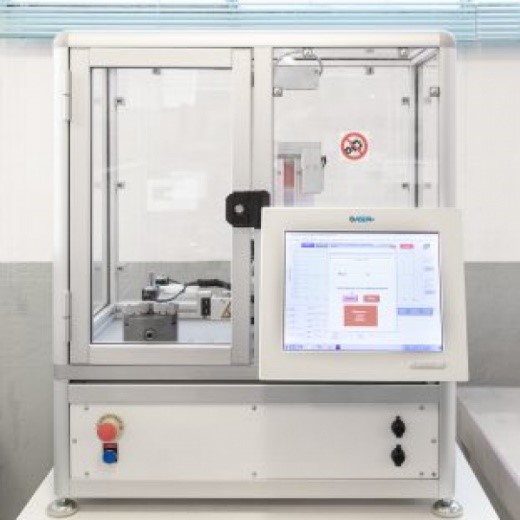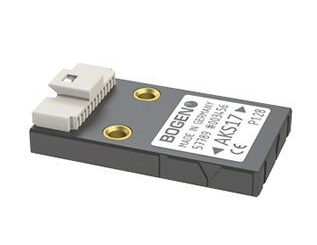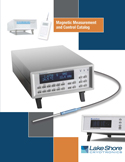
A magnetic measuring scanner from Laboratorio Elettrofisico, the new Magnetoscan, is designed to measure the magnetic field generated by permanent magnet devices that exhibit axial or radial multipolar magnetization, as is the case with rotors or stators.
CONTROLS THESE PARAMETERS
- Field peak amplitude
- Pole width
- Sinusoidal shape and Total Harmonic Distortion (THD)
- Angular differences between mechanical and magnetic references
- Peak-to-peak variation and magnetic field slope
- Constance of the peak amplitudes
- Angular control for skewed rotors
Applications
- Rotors, stators
- Flywheels
- Magnetic sensors (automotive, ABS, etc.)
- Magnetic encoders
HOW IT WORKS
The Magnetoscan works by rotating a magnetic device and recording the magnetic field versus the angular displacement at a particular level and distance. The measurement is taken by a 3-axis Hall probe, which is connected to a gaussmeter. The Hall probe is positioned with micrometrical accuracy at every distance from the surface of the sample by a precise mechanical tool with 3 axes. The sample is fixed to the rotating base through a shaft holder chuck that allows clamping samples with a shaft dimension between 5 to 35 mm. Once the rotor is set on the support and the probe is positioned to the desired distance and height, the measurement is carried out in a fully-automated mode. The sample performs a complete revolution (plus approximately 10°) in about 30 seconds, during which the field is measured and sent to the connected PC, which processes and displays the measured values. The measurement is fully automated and controlled by a dedicated software program that records more than 30,000 measurements per revolution, with a resolution accuracy of 0.011°. The software provides many forms of scanned data, including: visualization of diagram angle-induction, peak detection, angular shift, harmonic distortion, and FFT.
For more information see www.laboratorio.elettrofisico.com.



